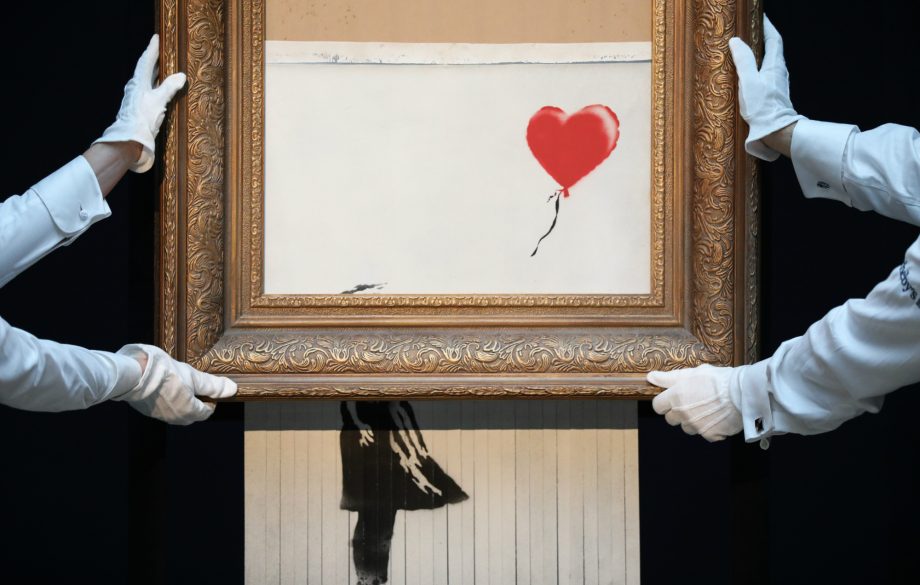I’ve been thinking a lot lately about art and photography. Mainly because I’m trying to either read a book or view a movie about the subject on a monthly basis. The book or movie doesn’t necessarily have to be directly about the relationship of art and photography but the theme is involved within the story. It’s up to me to find the relationship and how they work together.
For example, I recently viewed the movie Pecker, a John Waters directed movie about a young photographer from Baltimore’s Hampden neighborhood that finds fame in the New York art gallery scene. The story explores how art, in this case Pecker’s photography, is viewed locally in a working class neighborhood versus the glitzy high society of the rich and famous. From Pecker’s perspective his photography is a way to document the people and places where he lives and to in effect pay homage to the different ways people make a living and go about their daily life.
The subjects of his photography are usually pleased to be photographed and thought of as subjects worthy of artwork. From the New York art gallery perspective Pecker’s photography is a voyeuristic look into the life of a much lower class of people. Their interpretation of the art exploited the subjects of the photograph, which was the direct opposite of the photographer’s intention. Later in the story, during the first New York gallery show, Pecker photographed the rich and famous attendees with the same eye that he used at home. The resulting photographs, displayed in another gallery in Baltimore, made the high society people feel uncomfortable because of how similarly they were portrayed in the photographs to the Baltimore subjects. The similarities between the two groups of people in Baltimore and New York was very plain to see once a photographer with a keen eye documented people in the same way. The point of the movie is that perception of art is dependent on who views it and to some extent where it’s viewed.
John Waters did a good job with this movie highlighting the perceptions of art among different social groups over the movies hour and half running time. However, Banksy, the famously anonymous graffiti artist, did the same in 10 seconds when he caused the shredding of one of his most famous pieces, Girl with Balloon, immediately after it sold at auction. To the shock and horror of those at the auction, a shredder built into the frame began to destroy the artwork that had just moments ago sold for 1.4 million dollars.
It’s thought that Banksy intended the shredding as performance art. In effect he was creating art by destroying another piece of art. The art he created by shredding the original was a poke in the eye of the secondary art market crowd that buys and sells artwork as investments rather than appreciating the original purpose of the art as social commentary or an expression of artistic vision. Side note: as a result of either a malfunction of the shredder or Banksy’s marketing efforts the art was only shredded on the bottom half leaving the main subject of the girl and balloon on the top half untouched. This has obscenely raised the value of the original since it’s by definition a one of a kind and has raised awareness and value of all Banksy’s artwork.
I view Banksy’s performance as similar to what Waters, through the character of Pecker, accomplished in the first New York art gallery by replacing his usual subjects in the Baltimore neighborhoods for New York high society. Pecker destroyed High Societies perception of his artwork when they saw themselves seen the same way as his original Baltimore subjects. Pecker created new artwork by destroying the perceptions of his original work.
So, what’s the take away from this? New artwork can be created by destroying your own work. Destroying in this case does not have to mean physical destruction but perhaps could be changing your mindset or thought process towards photographing a scene. Destroying how you go about looking at a scene, the habits of equipment you use or even the editing processes you use can change the resulting artwork. As we come down the final stretch of 2018 approaching the New Year give thought to how you can “destroy” what you’ve done so far through modification, adaptation, variation or just plain doing things differently than what you’ve done in the past. Use the comments section below to share how you may “destroy” your art to create new artwork.

